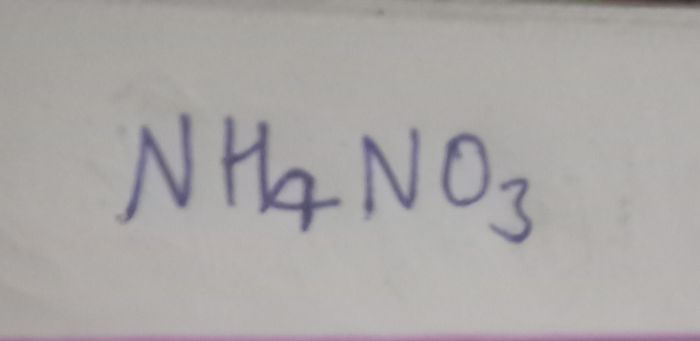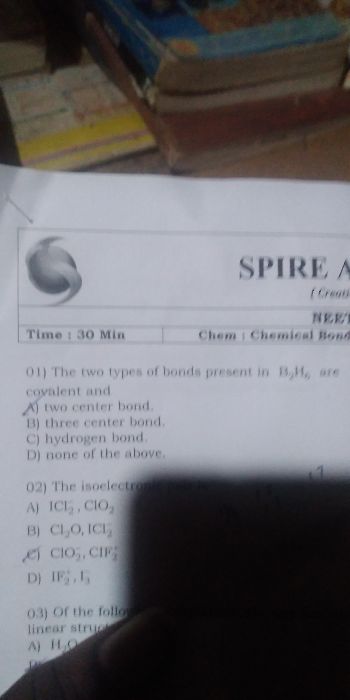CBSE Class 12-science Answered
When we go down in p-block elements we can see the succesive elements have an increased d or f- shell. This d or f shell cause the inert pair effect. Actually the mentioned shells have a weak sheilding effect of nuclear charge so the nuclear charge easily attracts the electrons in the outer shells than the d or f shells. This makes the electrons in the outer shells become unable to participate the reactions taking place. This makes them inert hence the name inert pair effect.
The tendency of ns2 electron pair to participate in bond formation decreases with the increase in atomic size. Within a group the higher oxidation state becomes less stable with respect to the lower oxidation state as the atomic number increases.
We can see this in case of Pb. Pb has f shell which has a very low shielding capacity and it has 4 electrons in outer most shell but due to this effect Pb is more stable showing +2 valency state.










